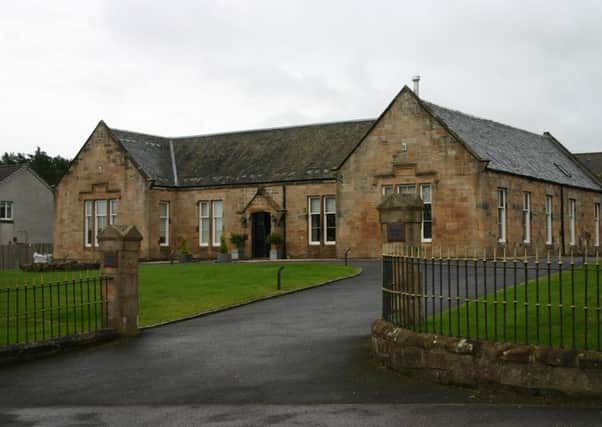Banished to outskirts of town with a '˜high' fever!


Although vaccination for this infectious disease had been introduced in 1940, there were still cases with the patients being confined for many weeks away from home and school in case they spread the infection. “Don’t suck a penny” was the advice we were given which my brother had obviously ignored. We were not allowed to visit but things like sweets and other goodies could be left at the gate. No school for weeks and sweeties!
He remembers the pleasure of this compulsory holiday and, despite missing the festive season at home, he was disappointed when told he was cured. Seventy-odd years later he is still hale and hearty which is more than we can say for the hospital itself which closed in 1997 and was demolished not long after.
Advertisement
Hide AdAdvertisement
Hide AdThe site is now filled with houses with only the old administration block surviving.
The hospital which served the community for exactly 150 years was built originally to combat the deadly Victorian diseases which were regular visitors to the overcrowded buildings of industrial towns like Falkirk.
Contaminated water supplies brought the deadly cholera in 1832 but it was the continuous presence of typhus spread by a louse that provoked a reaction at last.
In 1843 a local doctor reported that the lodging houses were the worst: “We have fever cases in the same bed; one person is seized, another dies or is removed, another is received into the same house and bed”.
Advertisement
Hide AdAdvertisement
Hide AdAn outbreak of fever among the workers on the Midland Junction Railway in 1847 prompted the Falkirk Parochial Board to build a small fever hospital as far away as possible from the town centre on the ancient common lands of the burgh. The ratepayers protested at the costs involved and in the end the building was a cheap and simple structure of wood and slate.
Nothing more was done until the 1860s when another serious outbreak led to the building being partially replaced with a more permanent brick structure.
With only two wards, male and female, infectious and non-infectious patients shared the same accommodation! It was a pathetic response to a desperate situation but that was it for another 20 years.
Visitors complained of the dilapidated facilities and the strain on the poorly trained staff but nobody seemed to bother especially as better water supplies and new housing gradually reduced the fevers. But in time new infections including TB, scarlet fever and diphtheria replaced them and the strain on the accommodation increased. There was even a short outbreak of smallpox which had been more or less eliminated decades before and this alarmed even the stingy ratepayers of the burgh.
Advertisement
Hide AdAdvertisement
Hide AdIn 1881 the old buildings were replaced by much more substantial stone structures like the surviving admin block. For the next 50 years the hospital treated hundreds of patients and a variety of new buildings spread out across the site as new treatments were developed.
Elsewhere the medical experts developed vaccines and antibiotics which would eventually make such places redundant and by the post war period success was close at hand. Lochgreen gradually changed its purpose and became in the end, and for many years, a geriatric hospital providing mainly medical care for the elderly.
It closed in 1997 bringing to an end another interesting chapter in the Falkirk story.